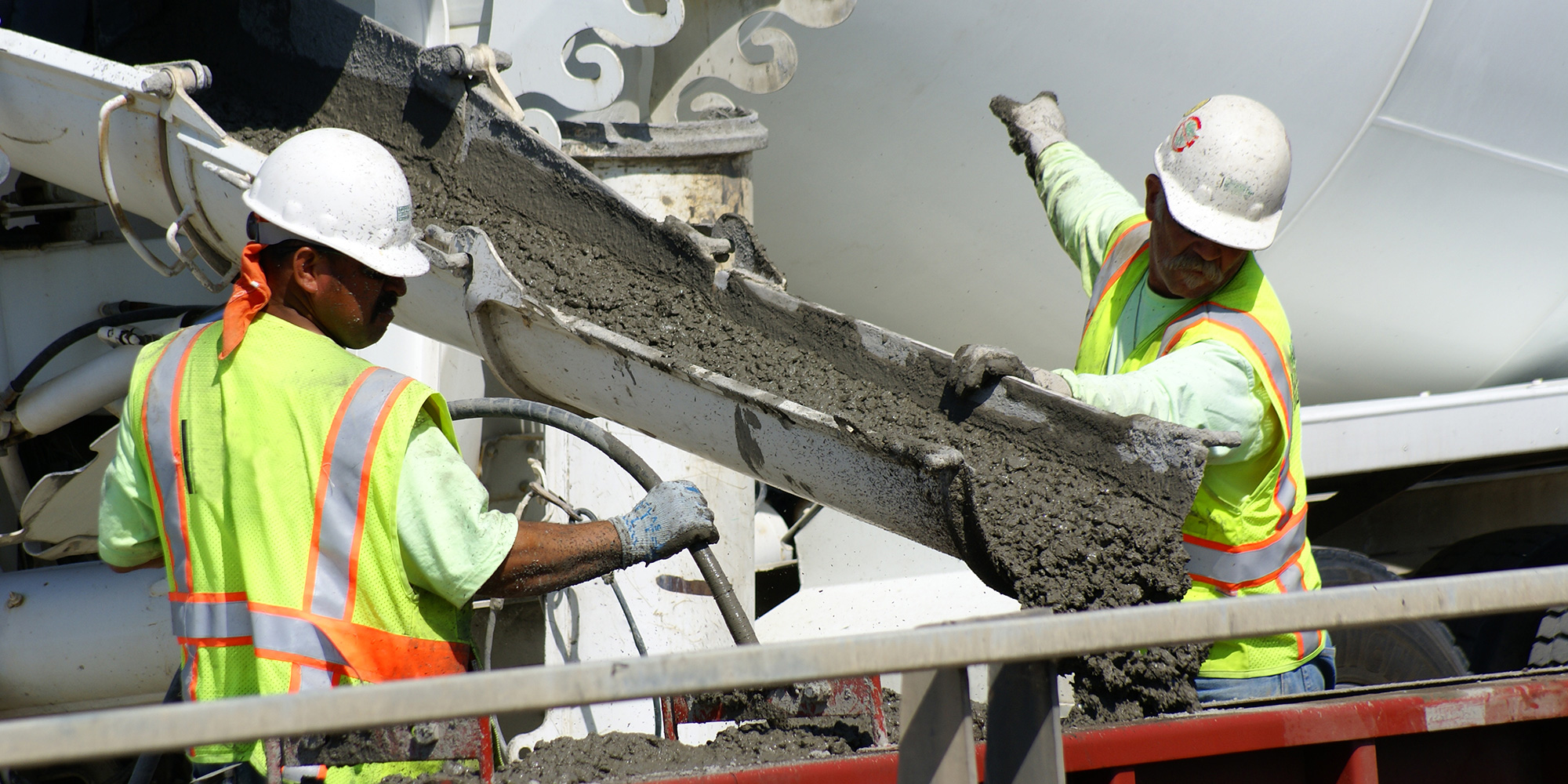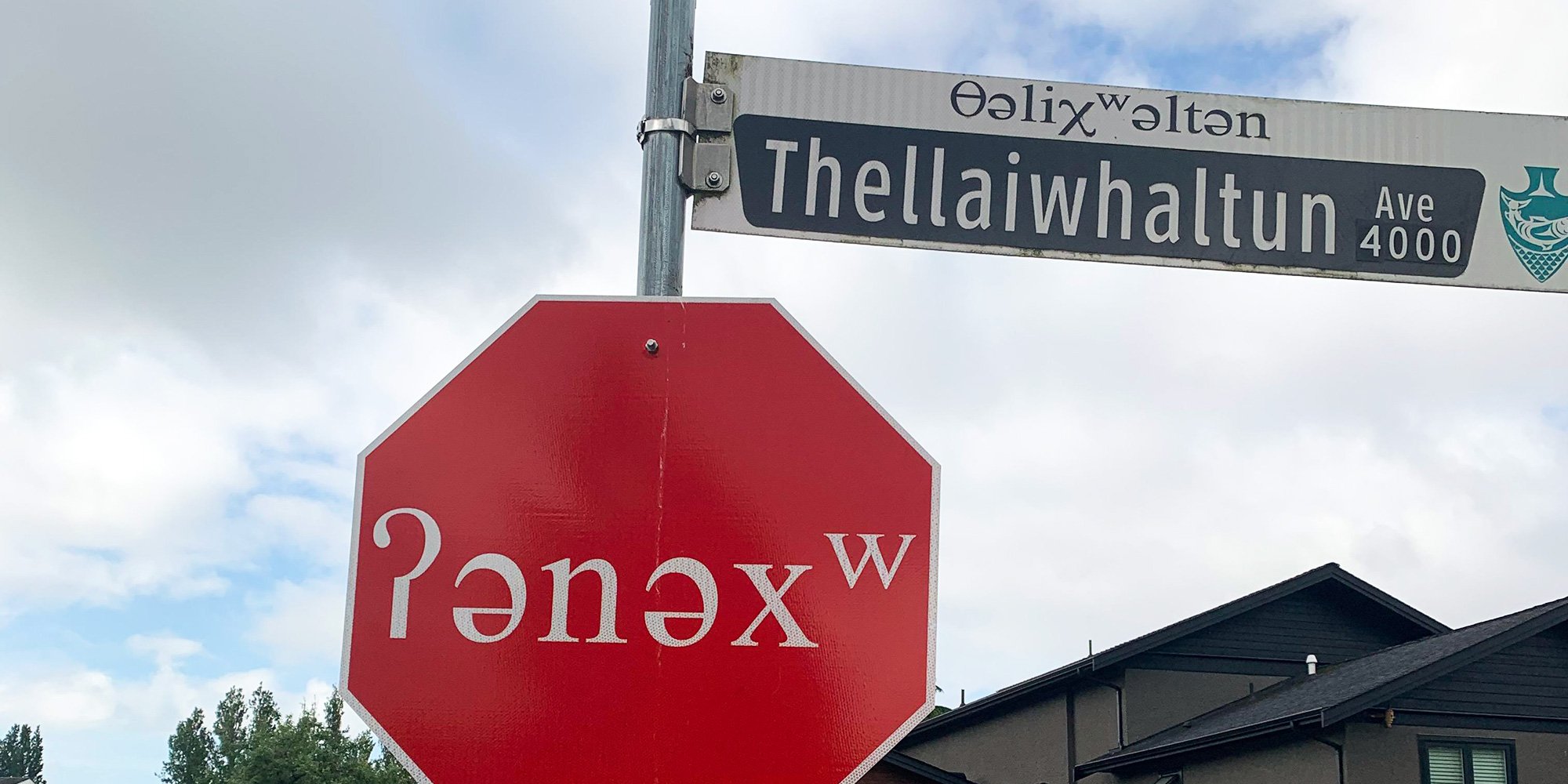7 Basic Solutions for Barriers to Indigenous Employment - #2 of 3
This is the second in a three-part series on Barriers to Indigenous Employment. In this article, we offer some solutions that employers could...

In our series on Barriers to Indigenous Employment, we looked at 8 basic barriers and then at 7 simple solutions. In this last part of the series we are looking at some examples of institutions, First Nations and organizations that are helping Indigenous workers overcome one of the most basic barriers - the lack of a driver’s licence.
Recognition of just how significant a barrier it is has spawned at least one fundamental change in provincial funding for driver education.
In Saskatchewan, school-based driver education was under the umbrella of the Ministry of Education but did not include on-reserve schools because those schools did not pay into the provincial tax base; just a handful of on-reserve schools could afford to offer the training. However, as Indigenous drivers pay licencing and registration fees to the Auto Fund (part of the crown-owned Saskatchewan Government Insurance) which supports the provision of driver education in provincial schools it followed that on-reserve students should have the same opportunities.
After the release of the report from the Joint Task Force on Improving Education and Employment Outcomes for First Nations and Métis People in the spring of 2013, that all changed - driver education is now offered in on-reserve schools. The added bonus to offering driver education at high school is that it’s a solid motivator to stay in school or return to school to finish grade 12 as any student between the ages of 15 and 22 attending high school is eligible.
The Tseshat First Nation on Vancouver Island identified the lack of a driver’s licence as a major barrier to their members joining the workforce. The First Nation developed a driver training program and partnered with Pacific Rim Driving School to provide classroom and road training. The participants take the program, pay for and write the test for the learner’s permit, and once they pass they are reimbursed for the permit fee and are eligible for $250 worth of road lessons.
BC Aboriginal Mine Training Association tailored Insurance Corporation of BC’s test toolkit material specifically to the needs of the Nlaka’pamux Nation. BC AMTA then worked with a local insurance office to provide space for test day so a group of participants could write the test together. BC AMTA also works with the candidates to reduce test anxiety by having the candidates write daily practice tests.
As in most provinces and territories in Canada, the remoteness of Indigenous communities is an added hurdle. For many of us who live in or near urban centres, the ability to access an insurance provider or Service Canada branch for testing is not a big deal. For those who live in remote communities, it can be a really big deal - an Indigenous individual living in a remote, fly-in community has to fly out to an urban centre, pay for the classroom component, pay for in-car training, and for accommodation for however long the process takes - this is not an insignificant amount of money and can be an insurmountable barrier to getting a licence.
For so many of us, driving is simply a rite of passage and our freedom and ability to drive is taken for granted. For others though, the process can be daunting, overwhelming and a significant barrier to them getting a job and getting to a job. It’s great to see some innovation in removing this very common barrier.
Featured photo: Unsplash

This is the second in a three-part series on Barriers to Indigenous Employment. In this article, we offer some solutions that employers could...

In this article, we look at the barriers - some tangible, some not - that maintain the status quo of exorbitant rates of unemployment amongst...

This is the second installment in our series on First Nation reserves. The first part provided some FAQs on reserves whereas this article will...